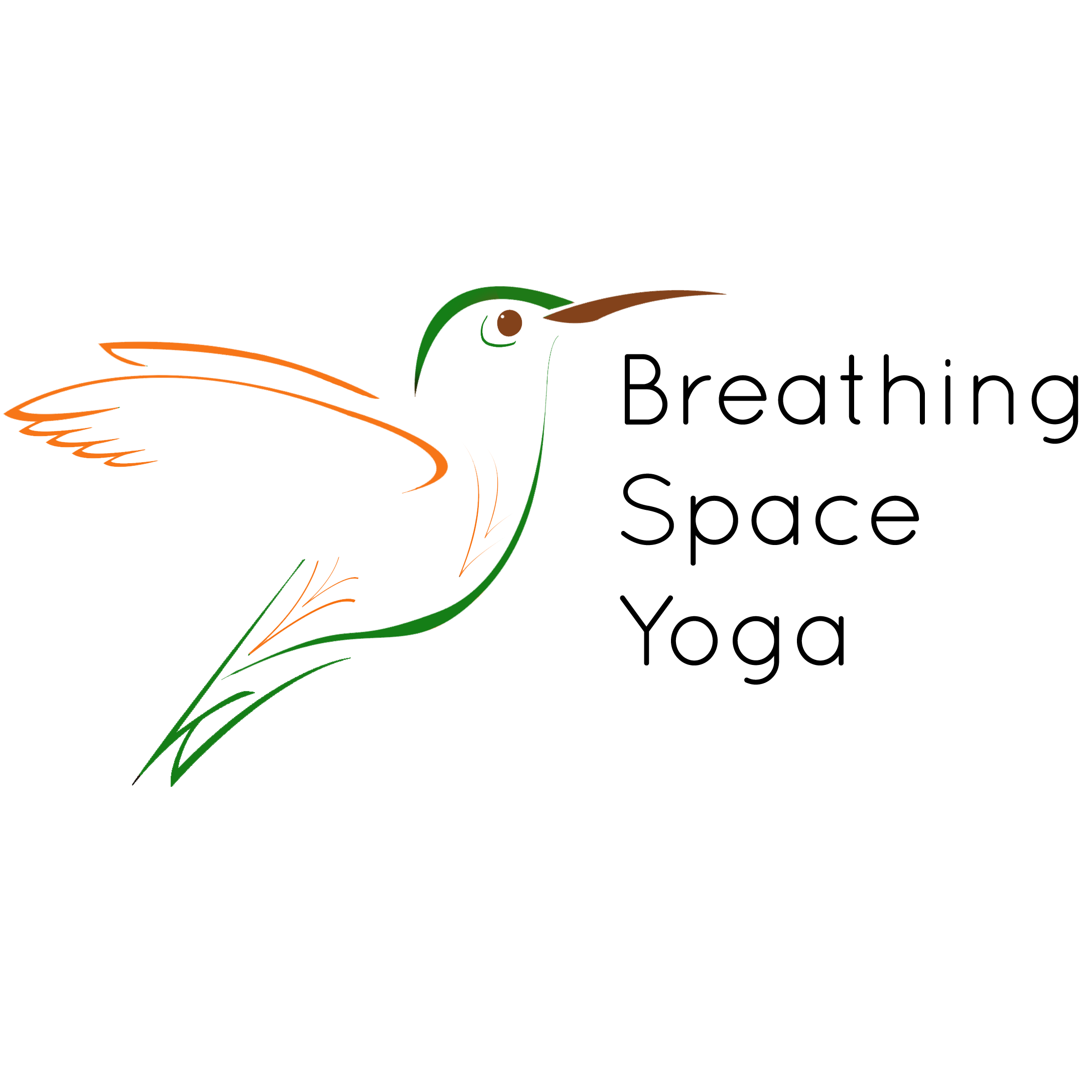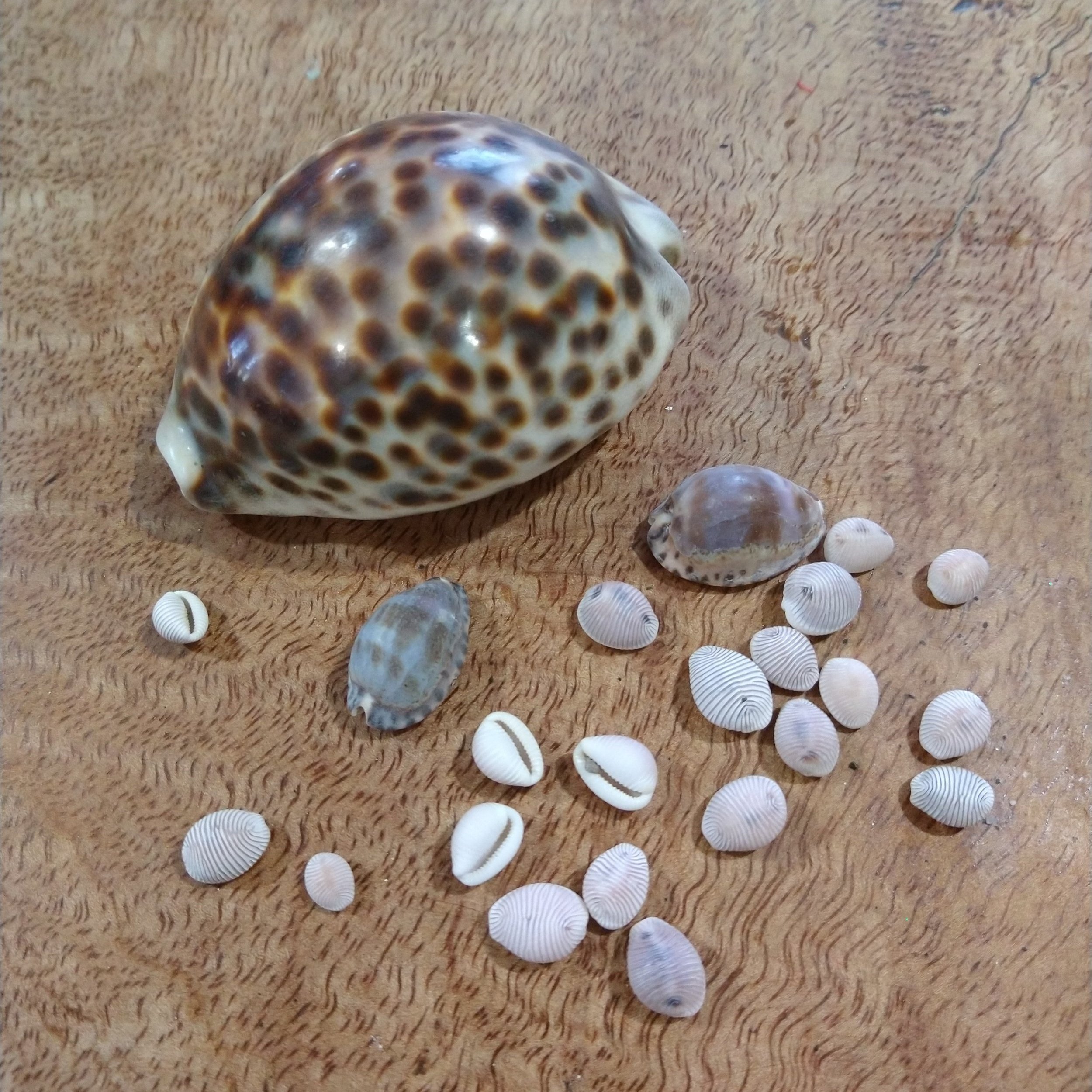Patience and Cowrie Shells
Aunt Alice’s Tiger Cowrie, with two Costa Rican finds from my honeymoon, and of course some ‘Groatie Buckies’.
Ever since I can remember I have spent time on the beach looking for shells, pebbles, sea glass and treasures. It was a holiday ritual with my family every summer when we visited the Moray coast in Scotland, many happy hours were spent marvelling at what the tide brings in.
I can't help but continue the pastime whenever I am by the sea, and especially on our beloved Moray coast beaches. Now my own children join in with the treasure hunt.
One of the little shells I look for is the European Cowrie, or in Northern Scotland the 'Groatie Buckie.'
It’s a tiny shell, about the size of your little finger nail and is from a sea snail which create porcelain-like pale pink/white shells with a narrow opening along one side and little ridges along the back. The name Groatie Buckie comes from John O’Groat’s and in the 1848 Topographical, statistical and historical gazetteer of Scotland, it reported: “John O’Groat’s name has been bequeathed to certain small shells which are here found on the beautiful beach, and are called Johnny Groat’s buckies.” A buckie being a shell.
Worldwide there are over 250 species of cowrie shells of varying sizes. Here are some of the traditional uses and beliefs of the cowrie shell.
They were once a form of currency with Cowrie shell money being used in Ancient China as well as important in the trade networks of Africa, South Asia, and East Asia.
According to African legends, cowrie shells represent the protective power of the Ocean Goddess Yemaya.
Western African women make them into jewellery as a symbol of fertility, womanhood, and successful births.
Royals from African and American cultures also wore rows of these shells to signify wealth, prosperity, and protection.
They were often used by astrologers in Southern India to predict the future.
In Hindu mythology, cowrie shells were said to be sacred to the Goddess Lakshmi and Lord Shiva.
In Ancient Egypt because they were thought to protect women and children from the evil eye, which was often blamed for miscarriages and deaths. Egyptian women also wore them as girdles to maintain their fertility and ensure a healthy pregnancy.
They can aid meditation and were made into Hindu Mala’s (which look like a rosary)
One of my students. Anne, recently sent me a beautiful tiger cowrie shell with some information about some of these beliefs. The shell had belonged to her Aunt Alice who kept a few of them in her sewing box for darning socks. Apparently this was a common use for them in the Western world. Anne’s aunt was a nurse in the Army and Air Force in the 1920s-40s and travelled a lot including India, Iran and Egypt. Perhaps the shell is from one of these places, the Tiger Cowrie is said to aid safe travel.
“Whoever is patient with a cowrie shell will one day have thousands of them”
Looking for these tiny treasures is more than just something to do at the seaside, the search is in itself a practice of mindfulness and letting go.
Sinking my mind into the shoreline, paying attention to the shells and pebbles amongst the rocks and sand, letting go of everyday worries and concerns to focus on searching for this little treasure is breathing space, a positive pause, a meditation even, it’s being in the present moment.
To have success you need patience, to let go of striving and trying to find them, just letting the eye cast gently over the sea shore until one comes into view. Often when I stop and start again in another spot the release of trying seems to help the success.
Searching mindfully for Cowries on my visits to the beach fulfils a few of Patanjali’s 8 limbs of yoga:
Pratyahara - the practice of withdrawing from external stimuli to enhance internal awareness. Mindfully return to quiet through meditation and removal of distractions. The sound of the sea in the distance may help remove distractions, and quiet searching certainly brings a meditative quality.
Dharana - the practice of intense concentration, usually focusing on one object. This practice trains the mind in stillness and focus. Certainly a gentle concentration on the sea shore fulfils this.
Dhyana - the state of being keenly aware, yet without focus. It is awareness without judgment or attachment; it is peaceful, meditative and precedes complete bliss. It is otherwise known to artists and athletes as the flow state. Moments in your life where you were so engrossed in the present that you lost track of time. I certainly lose a sense of time as I peacefully focus on looking at the treasures in front of me.
Patience in searching and finding cowries is a skill my ten year old is still practising. In our instant world of gratification, frustration at not finding one often creeps in. A gentle reminder to slow down, look gently, focus and just wait and see, usually does the trick and is rewarded with a cowrie or two even for the least patient of my family members!
Why don’t you have a go? How many Groatie Buckies can you find in these pictures from my shoreline searches?
Hint: the first two pictures have two cowries to find!
Here’s where I found information about the Cowrie – have a read if you’d like to know more about this natural and revered beauty.
https://www.google.com/amp/s/www.8doorsdistillery.com/blog/groatie-buckies
https://www.inspiredbycaithness.com/blog/2017/4/5/groatie-buckies-good-for-the-soul
https://www.simon-hartman.com/post/the-history-of-the-cowrie-shell-in-africa
https://www.theearthcenter.org/post/the-pilgrims-walking-stick-benben-the-gift-of-cowrie-ff45
https://www.outofstress.com/cowrie-shells-spiritual-meaning/




